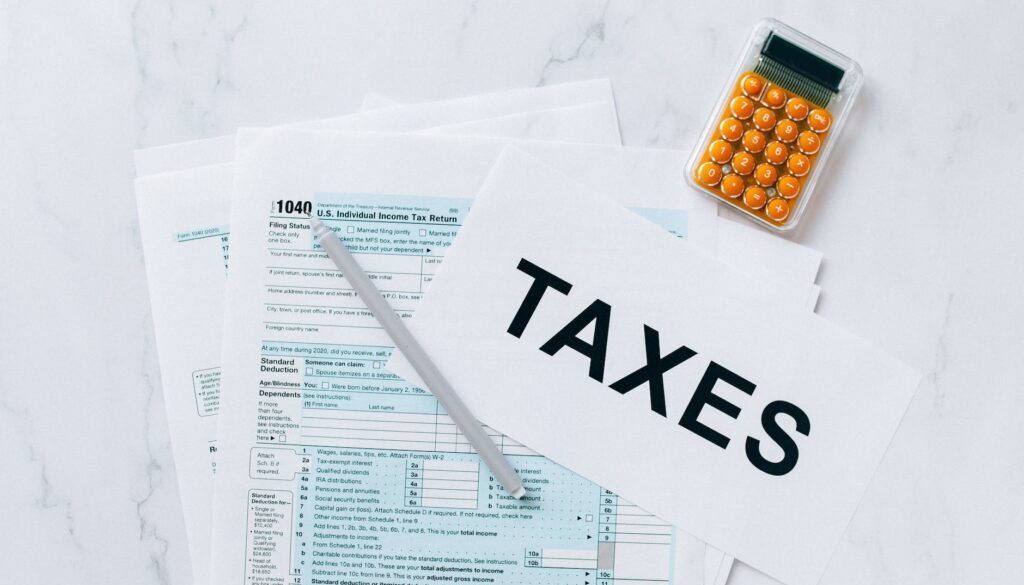Form 1095-A: What You Need to Know
Form 1095-A: What You Need to Know
Are you one of the millions of Americans who have received Form 1095-A in the mail and wondering what to do with it? This form is essential when it comes to filing your taxes and can have an impact on your tax liability. In this article, we will explain what Form 1095-A is, why it’s important, how to get it, how to use it, and how to check it for accuracy.
What is Form 1095-A?
Form 1095-A is a form that the Marketplace sends to you and the IRS to report information about your health insurance coverage and any premium tax credits you received or are eligible for. The premium tax credit is a refundable tax credit that helps lower-income individuals and families afford health insurance bought through the Marketplace. Need help filing your taxes? 
Click here to Book an online appointment
However, the number of advance payments you receive is based on an estimate of your income and household size for the year. When you file your taxes, you must reconcile the amount of advance payments you received with the amount of premium tax credit you qualify for based on your final income and household size. This process is called reconciliation and it can result in either owing money back to the IRS or getting a refund.
Form 1095-A helps you do this reconciliation by supplying information such as:
– The name and SSN of each person in your household who was enrolled in a Marketplace plan
– The name and address of your insurance company
– Your monthly premium amount
– The amount of advance payments of the premium tax credit you received
– The cost of the second lowest cost silver plan (SLCSP) that was available to you
The SLCSP is a benchmark plan that is used to calculate your premium tax credit. (“What is SLCSP? – Intuit”) It is not necessarily the plan you enrolled in, but it represents the average cost of a silver-level plan in your area. The SLCSP may change from year to year or even month to month depending on factors such as changes in your income, household size, or location.
How to get Form 1095-A?
You should receive Form 1095-A by mail no later than mid-February. It may also be available in your HealthCare.gov account as soon as mid-January. To access it online, log in to your HealthCare.gov account, select your 2022 application, and choose “Tax Forms” from the menu on the left. You can then download all 1095-As shown on the screen.
IMPORTANT: You must have your 1095-A before you file.
Don’t file your taxes until you have an accurate 1095-A.
If you don’t receive Form 1095-A by mid-February or if you can’t find it online, contact the Marketplace Call Center at 1-800-318-2596.
Get screen-by-screen directions, with pictures (PDF, 351 KB).
How to use Form 1095-A?
You will use Form 1095-A to fill out Form 8962, which you must attach to your tax return. Form 8962 will help you calculate your premium tax credit and compare it with your advance payments. Depending on the outcome, you may have to pay back some or all the advance payments you received, or you may get a refund or a larger refund.
To fill out Form 8962, you will need information from Part II and Part III of Form 1095-A. Part II shows the name and SSN of each person in your tax family who was enrolled in a Marketplace plan. Part III shows the monthly amounts of your premium, your advance payments, and your SLCSP.
You will enter this information on lines 8 through 11 of Form 8962 for each month that you or someone in your tax family had Marketplace coverage. You will then follow the instructions on Form 8962 to calculate your annual and monthly contribution amounts, which are based on a percentage of your household income. These amounts represent how much you are expected to pay for health insurance.
Next, you will compare your contribution amounts with your SLCSP amounts to figure out your premium tax credit for each month. Your premium tax credit is equal to the difference between these two amounts, but it cannot be more than your actual premium amount. Need help filing your taxes?
Click here to Book an online appointment
Finally, you will compare your premium tax credit with your advance payments for each month and for the year. If your premium tax credit is more than your advance payments, you will get a net premium tax credit, which will increase your refund or lower your balance due. If your premium tax credit is less than your advance payments, you will have excess advance payments, which will reduce your refund or increase your balance due.

You must be logged in to post a comment.